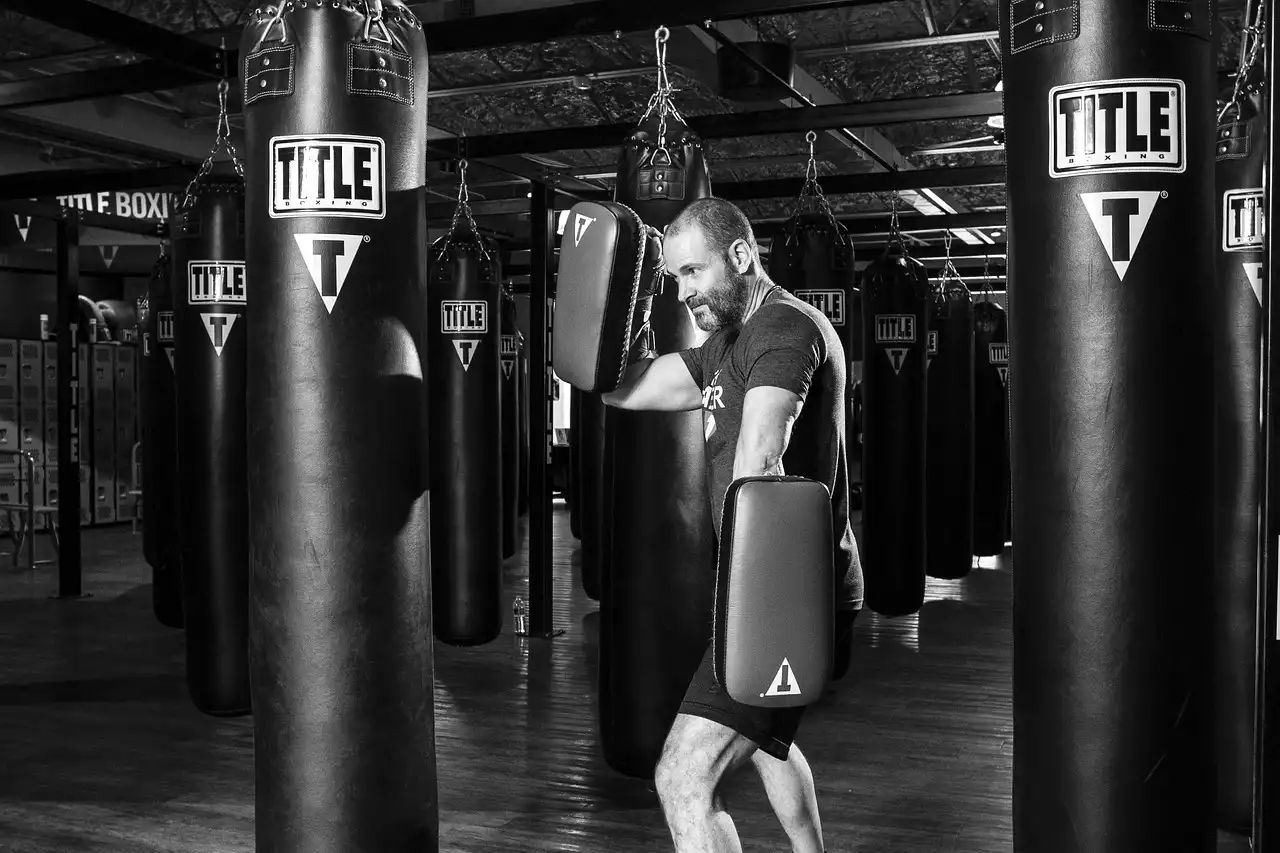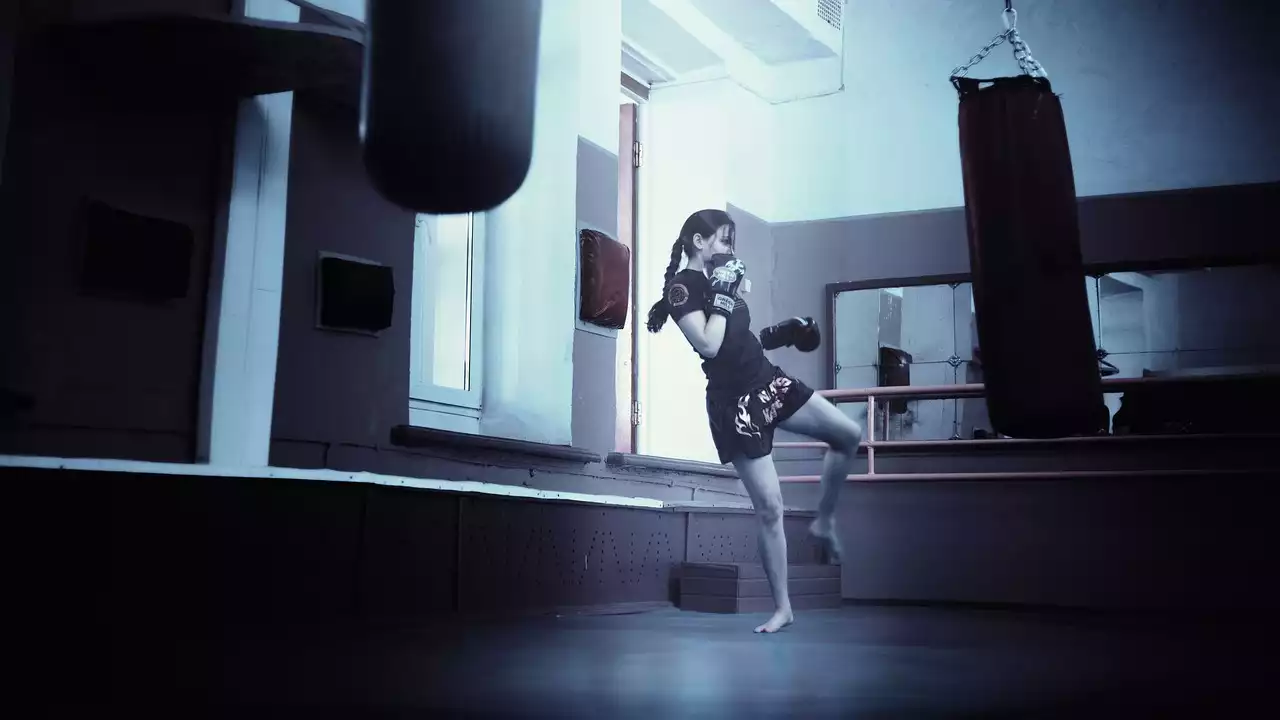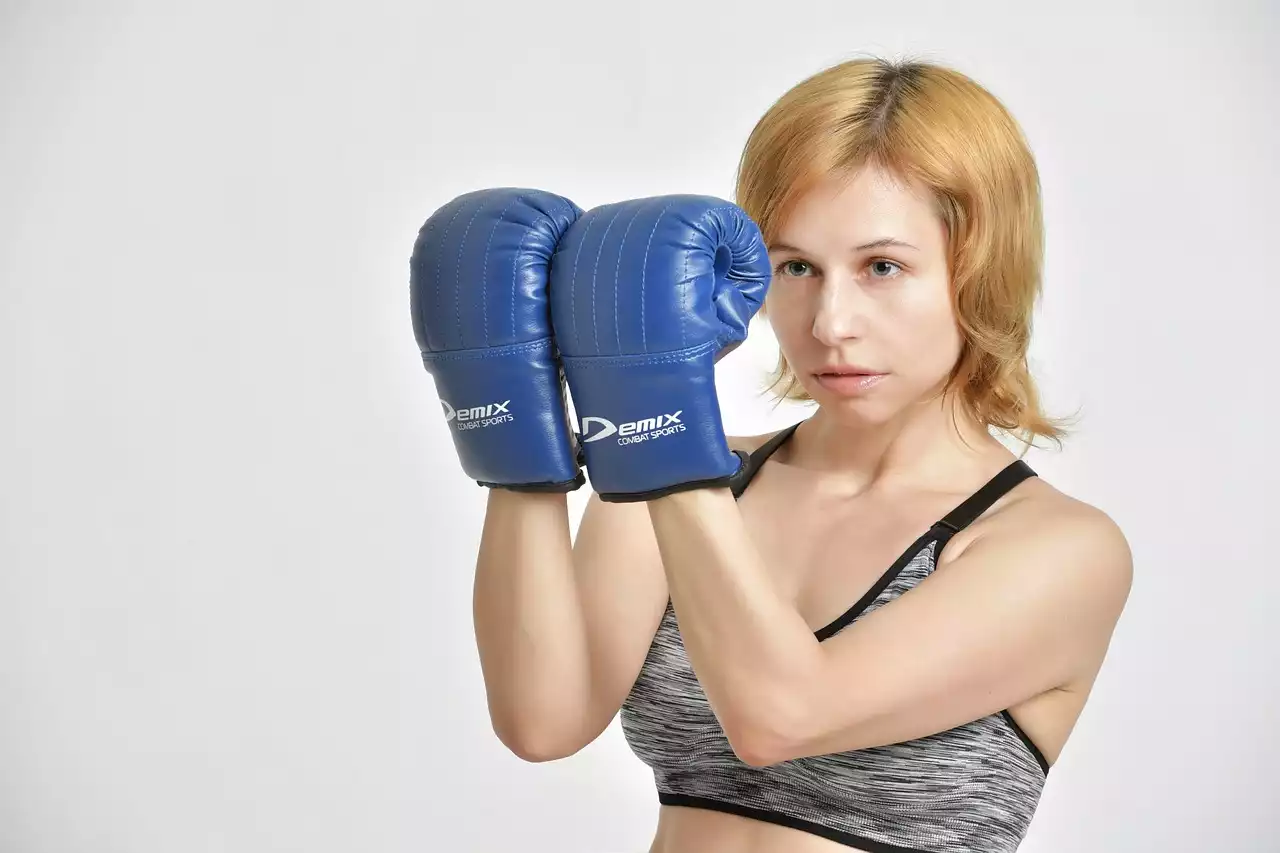Importance of Accessories in Training and Exercise
Accessories are an essential part of any workout routine. They provide support, and protection, and enhance your performance. Whether you are lifting weights, running, or doing any other type of exercise, the right accessories can help you achieve your fitness goals. Hand wraps, ankle supports, gloves, knee pads, and other gear are all designed to provide additional support and protection to your body during exercise. By using these accessories, you can prevent injuries, reduce pain, and improve your overall performance.
Big Gloves vs. Little Gloves Defense for Kickboxing and MMA
Hand Wraps - What are They and Why are They Important?
Hand wraps are a type of accessory that is often used in combat sports such as boxing, kickboxing, and MMA. They are designed to provide support and protection to the delicate bones in your hands. Hand wraps are made of a soft, elastic material that is wrapped around your hands and wrists. They are designed to absorb shock and prevent your hands from getting injured during high-impact activities.
Hand wraps are important because they provide additional support and protection to your hands. When you punch or strike, your hands absorb a lot of shocks. This shock can lead to injuries such as fractures, sprains, or even dislocations. By using hand wraps, you can reduce the impact of the shock and prevent these types of injuries.
How to Wrap Your Hands Properly for Maximum Support and Protection
Wrapping your hands properly is crucial if you want to get maximum support and protection from your hand wraps. Here is a step-by-step guide on how to wrap your hands properly:
Step 1: Start by wrapping the cloth around your wrist. Make sure it is tight but not too tight so that it cuts off circulation.
Step 2: Wrap the cloth around your palm, making sure to cover your knuckles.
Step 3: Wrap the cloth around your thumb.
Step 4: Wrap the cloth around your wrist again to secure the wrap in place.
Step 5: Repeat the process with the other hand.
By following these steps, you can ensure that your hand wraps provide maximum support and protection during your workouts.
How to Wrap your Hands for Muay Thai, Boxing, or Kickboxing - Closed Palm Style
Ankle Supports - Types and Benefits
Ankle supports are another essential accessory that can help you prevent injuries during exercise. Ankle supports are designed to protect your ankles from rolling or twisting during high-impact activities. They provide additional support and stability to your ankles, which can help prevent injuries such as sprains and fractures.
There are many different types of ankle supports available on the market. Some are designed for specific activities such as running or basketball, while others are more general and can be used for a variety of activities. The type of ankle support you choose will depend on your specific needs and the type of exercise you are doing.
How to Choose the Right Ankle Support for Your Needs
Choosing the right ankle support is crucial if you want to get the maximum benefit from it. Here are some factors to consider when choosing ankle support:
- Type of activity: The type of activity you will be doing will determine the type of ankle support you need. For example, if you are running, you will need ankle support that is designed for running.
- Level of support: Ankle supports come in different levels of support, ranging from mild to maximum. The level of support you need will depend on your specific needs.
- Comfort: Ankle supports should be comfortable to wear. Make sure you choose an ankle support that fits well and doesn't cause any discomfort.
By considering these factors, you can choose the right ankle support for your needs and prevent injuries during exercise.
Other Essential Gear - Gloves, Knee Pads, and More
In addition to hand wraps and ankle supports, there are many other essential accessories that you should consider adding to your workout routine. Gloves, knee pads, elbow pads, and wrist wraps are all designed to provide additional support and protection during exercise.
Gloves are important because they provide additional grip and support during weightlifting exercises. They can also help prevent calluses and blisters on your hands.
Knee pads and elbow pads are designed to protect your joints during high-impact activities such as running or jumping. They can help prevent injuries such as bruises, cuts, and scrapes.
Wrist wraps are designed to provide additional support to your wrists during weightlifting exercises. They can help prevent injuries such as wrist sprains and strains.
By using these essential accessories, you can improve your performance and prevent injuries during exercise.
Common Injuries That Can Be Prevented with the Use of Accessories
Many common injuries can be prevented with the use of accessories. Here are some examples:
- Wrist sprains and strains can be prevented by using wrist wraps during weightlifting exercises.
- Ankle sprains and fractures can be prevented by using ankle supports during high-impact activities.
- Hand fractures and sprains can be prevented by using hand wraps during combat sports such as boxing or kickboxing.
By using the right accessories, you can prevent these types of injuries and reduce the risk of pain and discomfort during exercise.










